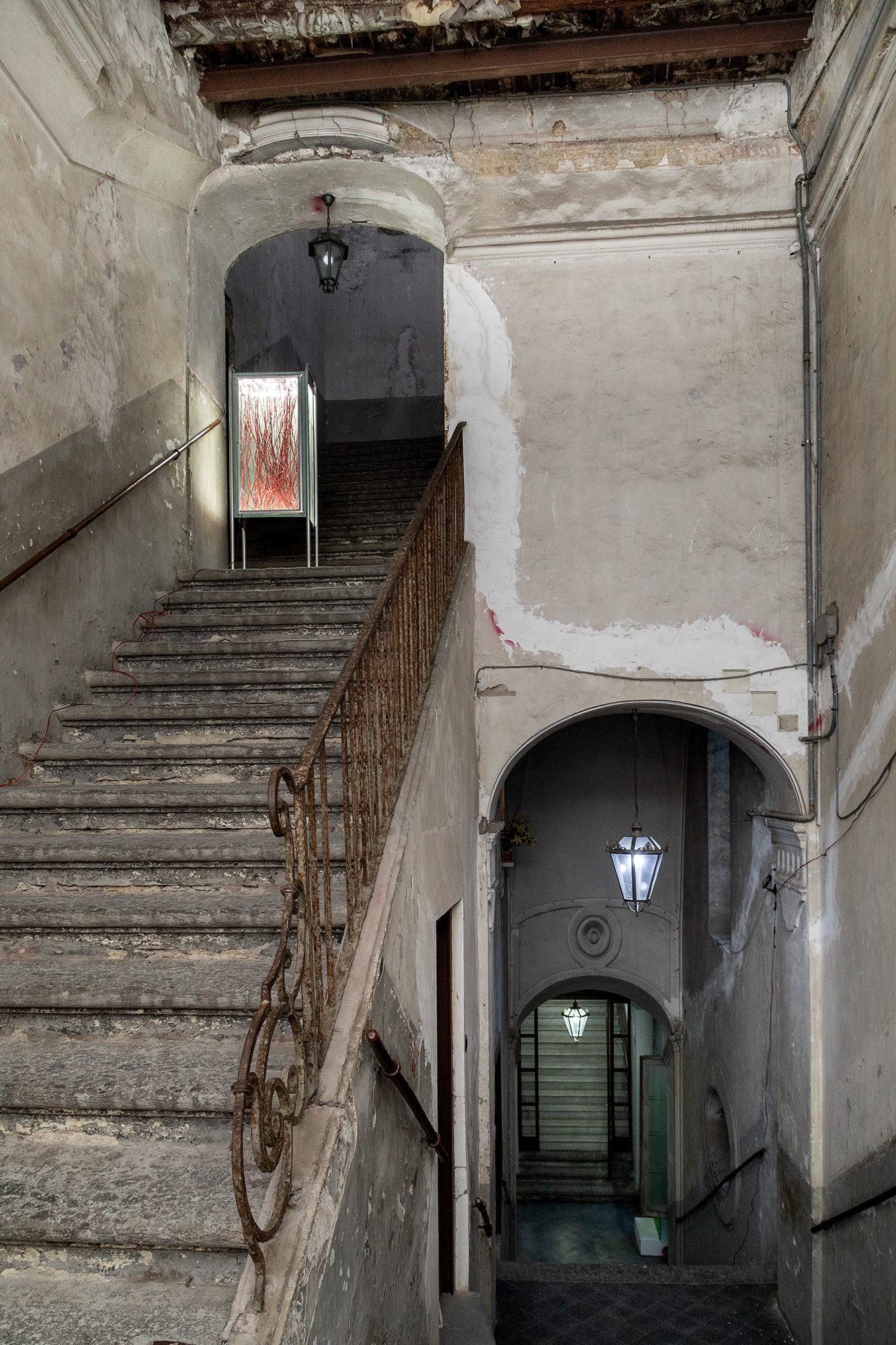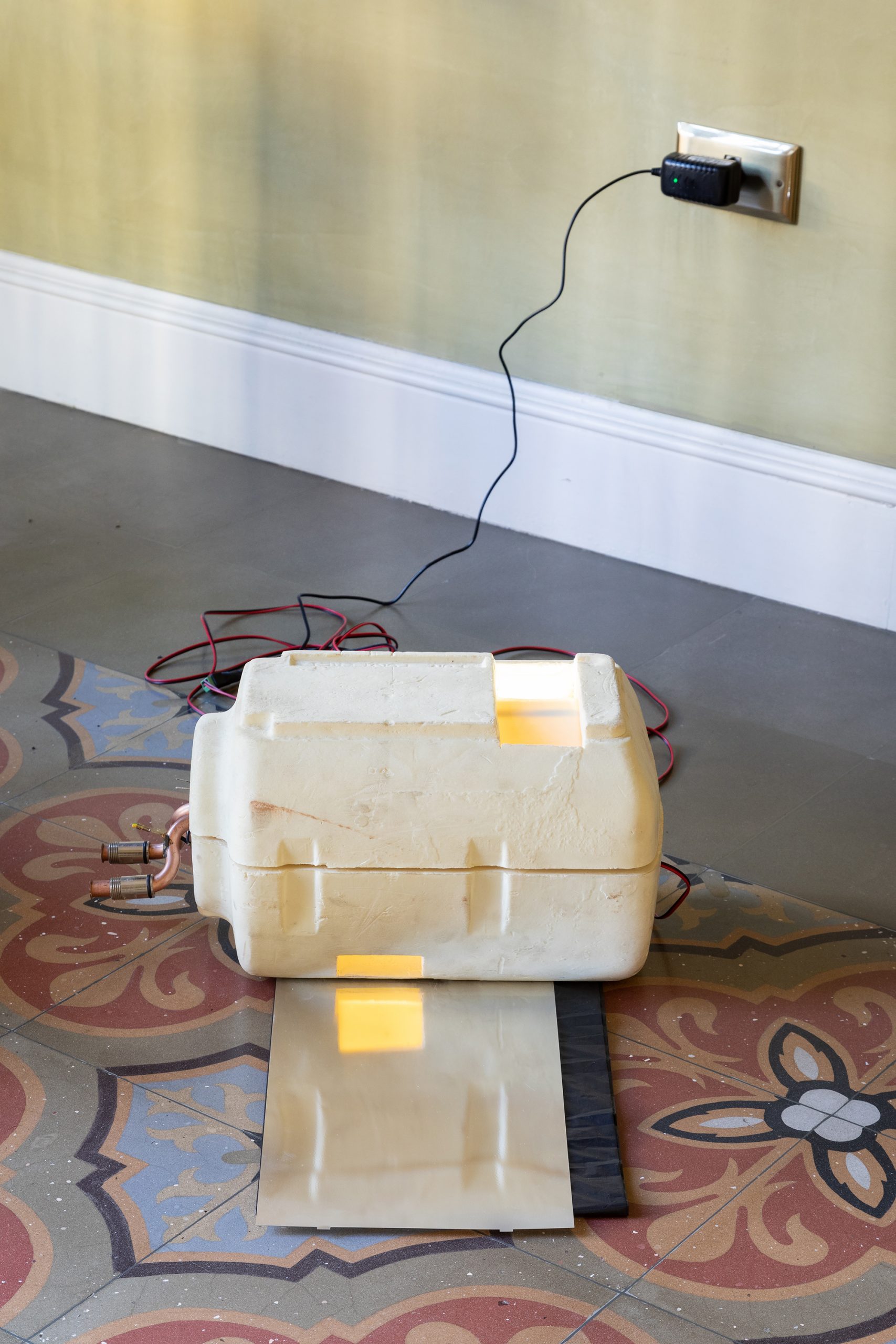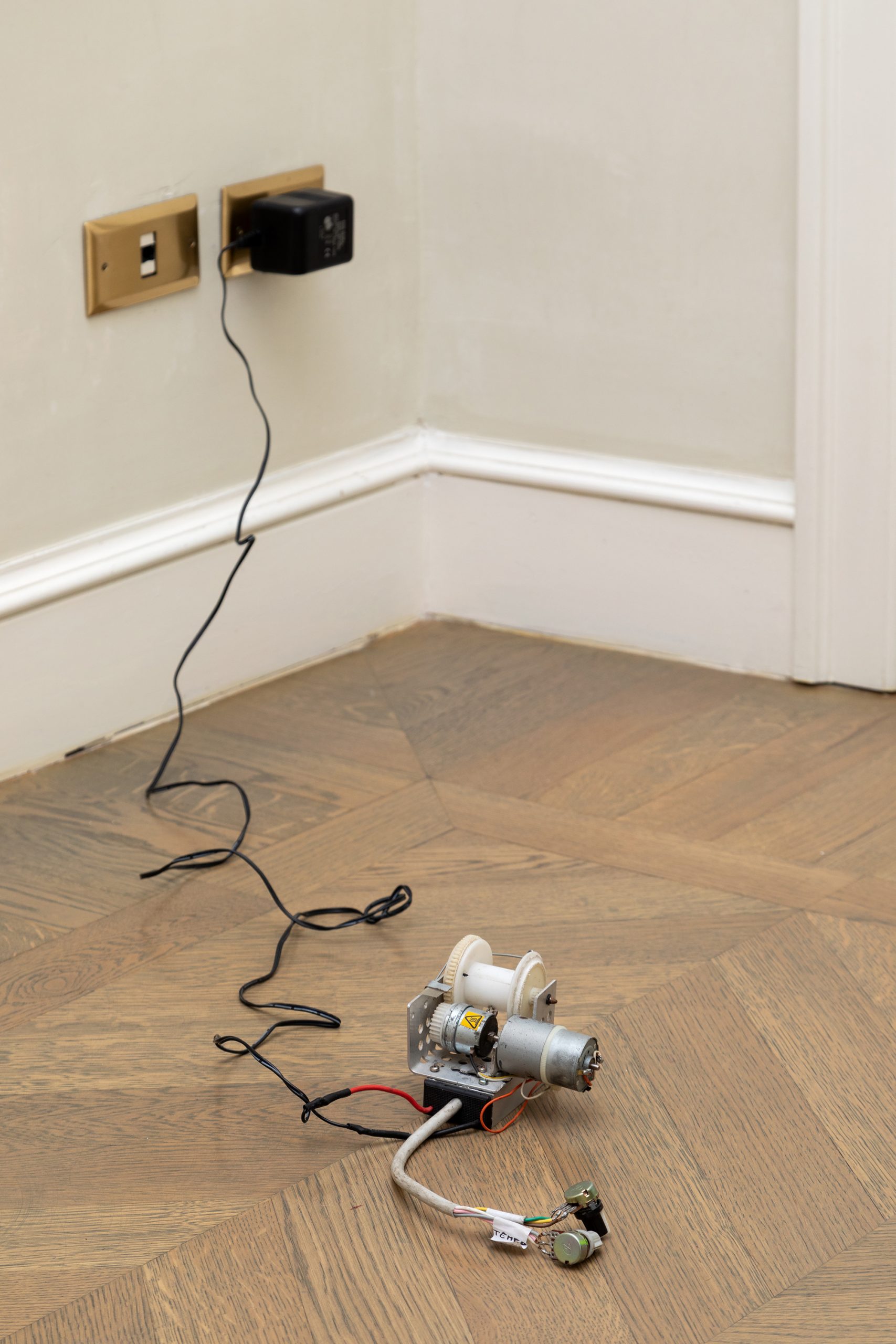Palazzo Sessa
Text by Vincenzo Di Rosa
08.05.2021 – 10.07.2021
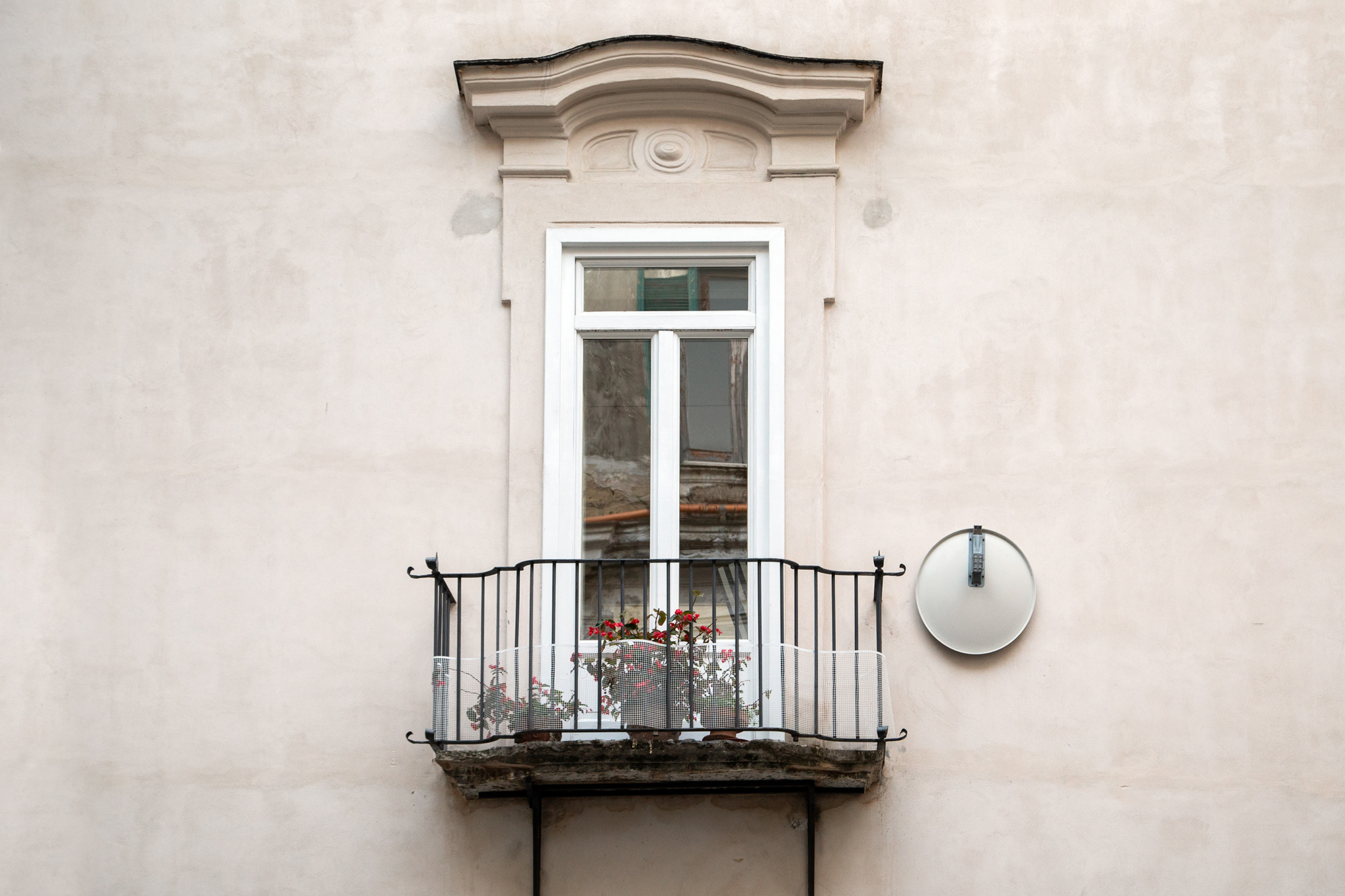
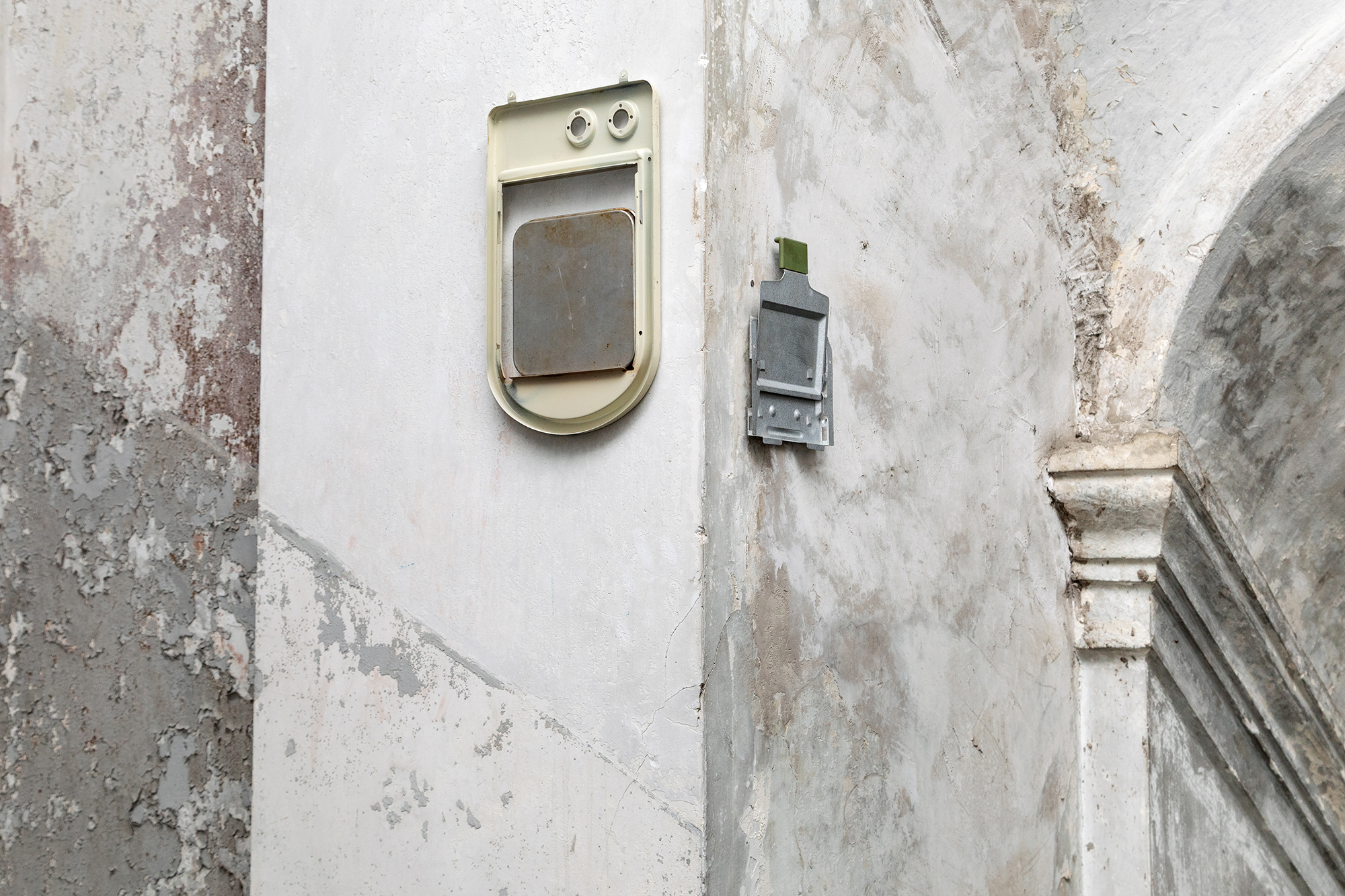
What remains is always a complement of infinity. It is something that interrupts the spatial and temporal continuity of the world; which exceeds, crosses frontiers and which does not seem to have any status because appears only as a disturbance, tension. What remains is always an isolated fragment on the threshold of the end, it is the anti-functional gap that testifies to the ultimate temporary nature of things, it is the obscene counterpoint of consumption, but it is also a possible beginning. What remains is always a demented interval where entropy and efflorescence meet.
Antonio Della Corte’s work takes shape in the discontinuous dimension of the “leftovers”, where everything has already been and where everything refers to something else. The artist moves through it, questions it, crosses it, and then plunges into that space that more than any other vomits up leftovers: the city. Della Corte obsessively explores the urban landscape that surrounds him, exploring both central and marginal areas. He is especially fascinated by the myriad of random compositions he meets on the street, by those accidental combinations of shapes and objects assembled by the unknown rhythm of the metropolis, by the undeterred anthropogenic changes or by the succession of rain and wind. His visual and conceptual baggage is all based on these fortuitous works of art, on these anti-architectural images that emerge unexpectedly from the city.
The urban investigation is followed by a work stage in which the artist relies on a “concrete logic”. Like the bricoleur Claude Lévi-Strauss talks about in The Savage Mind (1962), Della Corte addresses a set of existing elements that have been discarded: empty showcases, cables, neon and ceiling lights, components of household appliances and mechanical gears. These are declassified materials that no longer function, which the artist takes from the surrounding environment and which he subsequently modifies, combines, overlaps, decontextualises, “to understand what each of them could mean”. The result of these operations, however, does not express the destructive capacity of waste, nor is it an exercise in aesthetic rehabilitation, rather, it aims at prolonging the attention on shapes and objects which, just like those involuntary compositions he encounters on the street, seem to emerge for the first time from the weave of a secondary universe.
The works exhibited at Palazzo Sessa are scattered throughout the rooms of the historic Neapolitan house as if they were ghostly presences, apparitions. They meet in the courtyard, on the stairs, on the landings, in some hidden corner. Some of them are confused with the eighteenth-century dwelling, they blend into the stones of the building, appearing as structural excesses or additional architectural elements. Eversense (2020), for example, seems to replicate and double the volumes of the electrical panel on its left; Untitled (2020), on the other hand, resembles a disused satellite dish and is visible only from some windows of the main staircase. Still others seem to have a life of their own, such as Untitled 1 (2020) – an electric fishing reel in which the internal circuits have blown and which starts working at unscheduled intervals and rotates on itself according to an unknown logic.
Although they may refer to familiar shapes and common objects, Della Corte’s archipelagos of matter retain an aura of attractive impenetrability that binds them to an underground world, that is silent, at times disturbing, and where everything lives independently of us and despite us. A world where there is no waste or residue because there are no purposes and functions. A world where there is no end.
